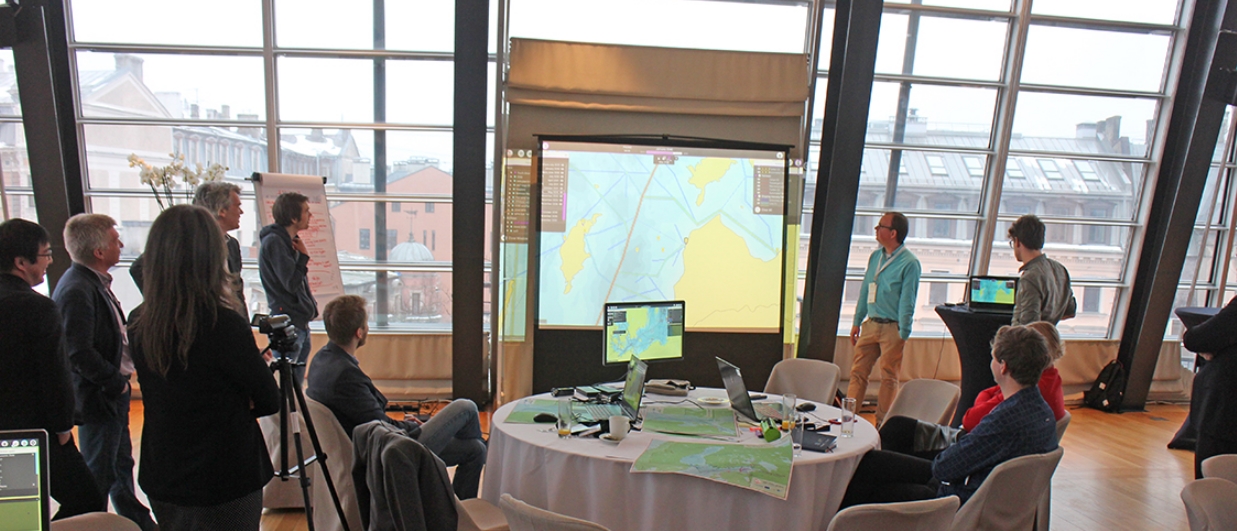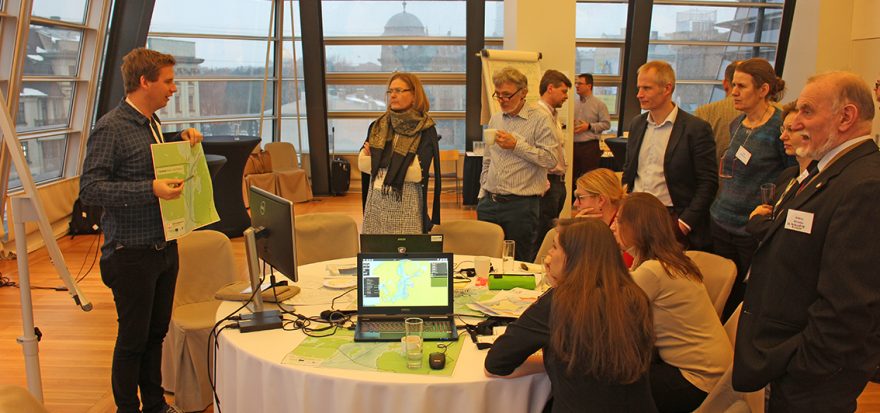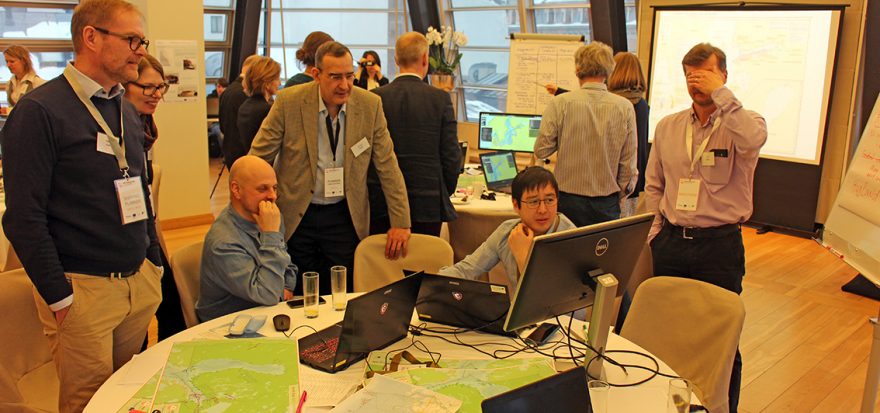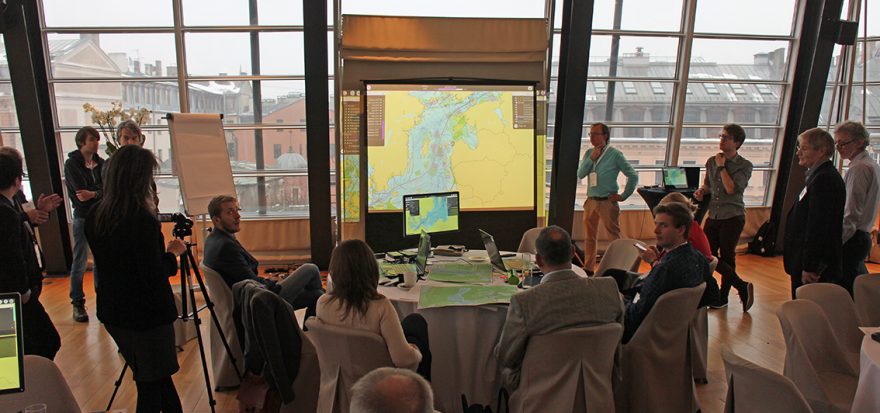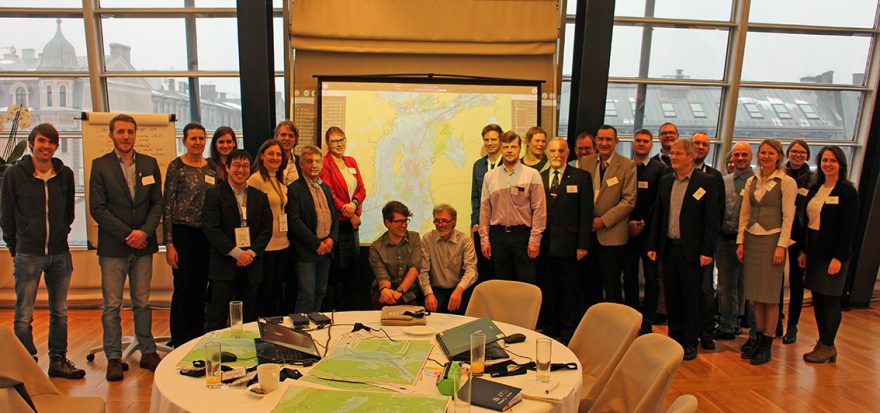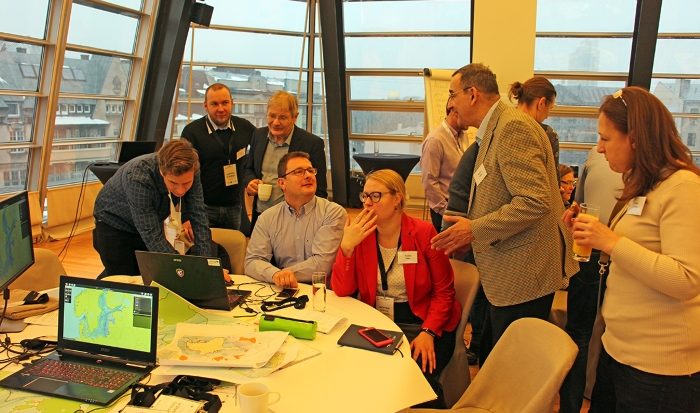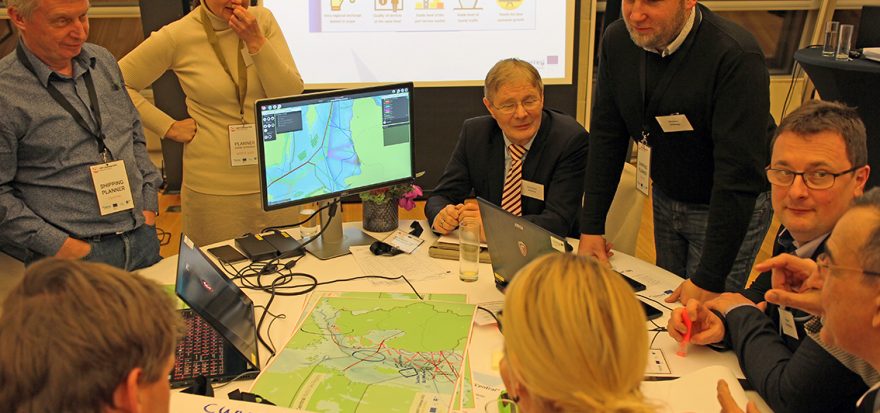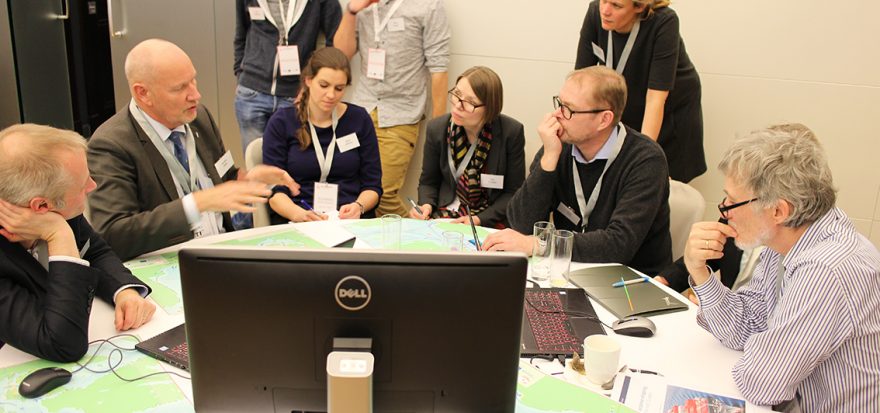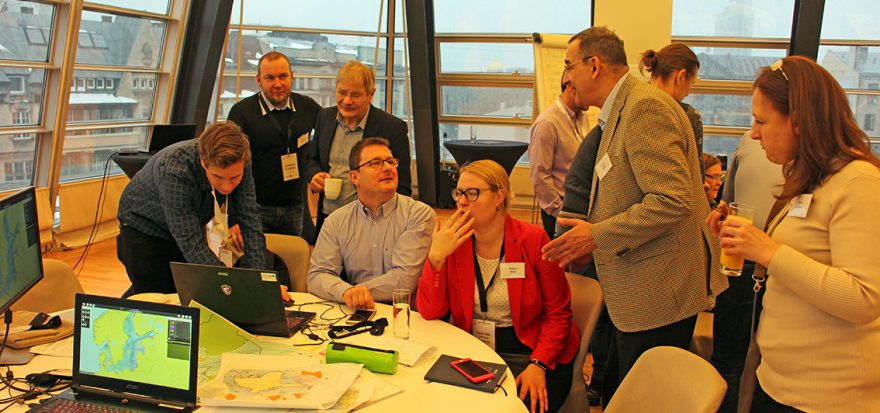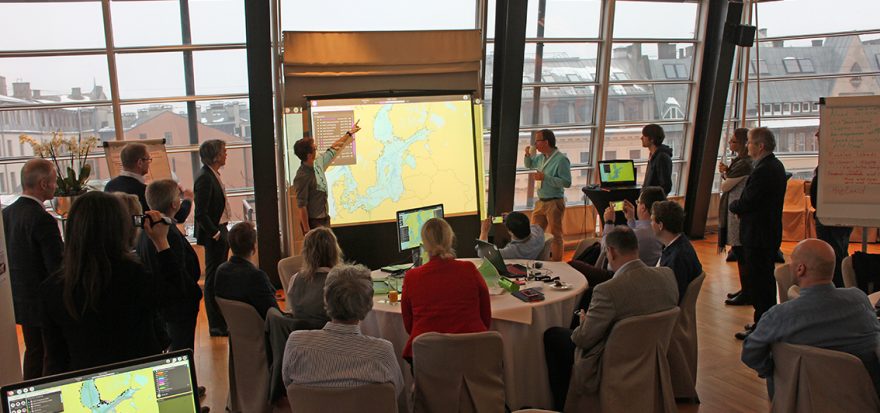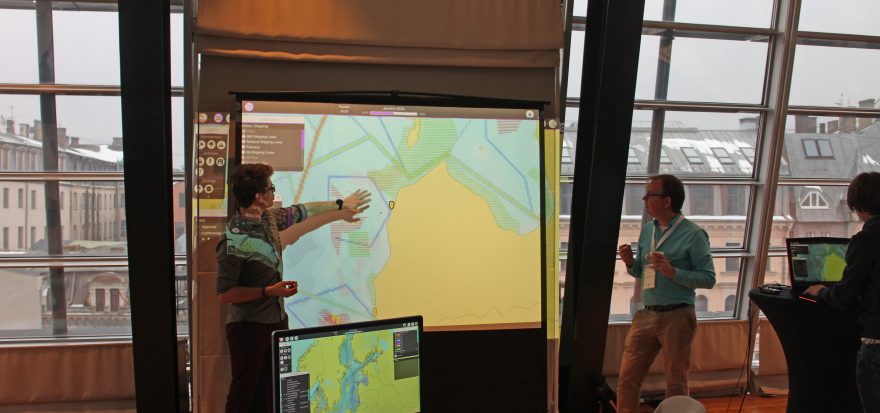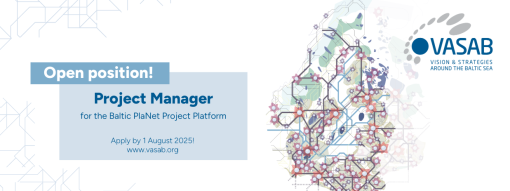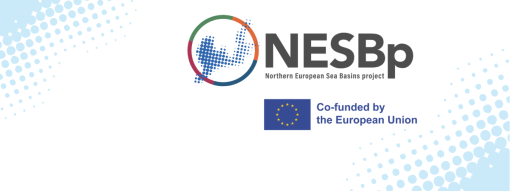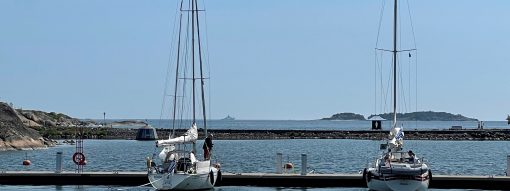International Stakeholders Shape the Future of Shipping in the Baltic Sea
The project Baltic LINes on January 24 – 25, 2018 organised an international shipping sector stakeholder workshop “Shaping the Future of Shipping in the Baltic Sea” in Riga, Latvia. 18 shipping stakeholders from the Baltic Sea Region engaged with the simulation software “MSP Challenge 2050”.
“MSP Challenge 2050” is an interactive simulation software that offers a dynamic and interactive map of the Baltic Sea. It helps to understand the complexity of maritime spatial planning by simulating the shipping traffic, showing existing shipping routes, changing or creating new shipping routes and enabling an in-depth exploration of a possible future of shipping in the Baltic Sea.
During the workshop three teams were created representing South-West, Central and North-East part of the Baltic Sea. The participants were asked to identify current and future shipping issues or developments within each region. The next step for the participants was to negotiate within and between regions to explore ideas how to deal with future shipping interests, and to draw spatial plans for these ideas. After intense discussions the plans were simulated in the software which visualised future scenarios for the Baltic shipping sector based on each team’s plans.
The workshop within the Baltic LINes project was organized as one of the methods to gain knowledge on the state and future trends of Baltic shipping as well as to build scenarios for 2030 and 2050. It helped to gather information from sector stakeholders about significant factors and its impact on particular elements of seaborne economy, raised their awareness and understanding of maritime spatial planning as well as other sectors’ requirements and need for collaboration on transnational level.
In May 2018 Baltic LINes will release a new report “Exploring the future of shipping in the Baltic Sea” that will give an overview on the future trends, perspectives, potential spatial implications and challenges for maritime spatial planning in the Baltic Sea. Stay tuned and find all reports of the Baltic LINes project on the web page www.balticlines.eu section “Project outputs”.
